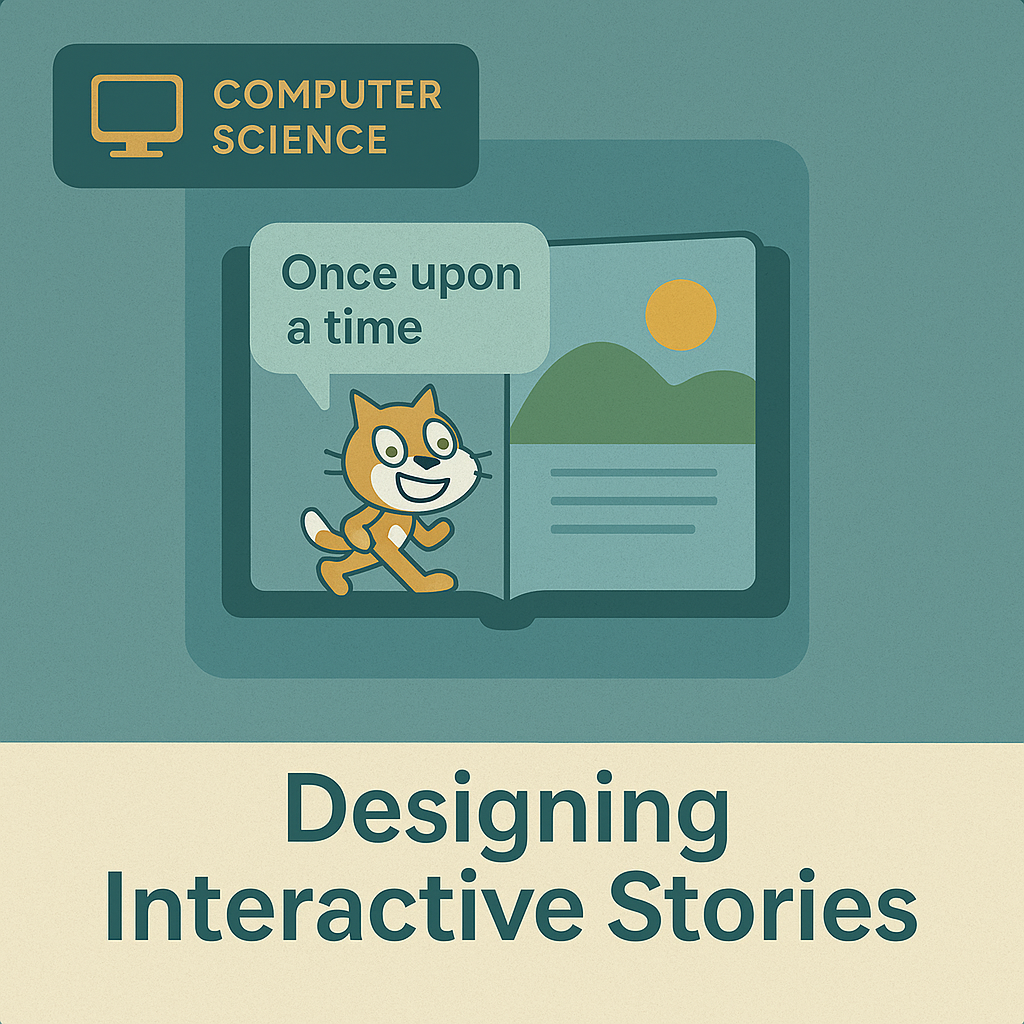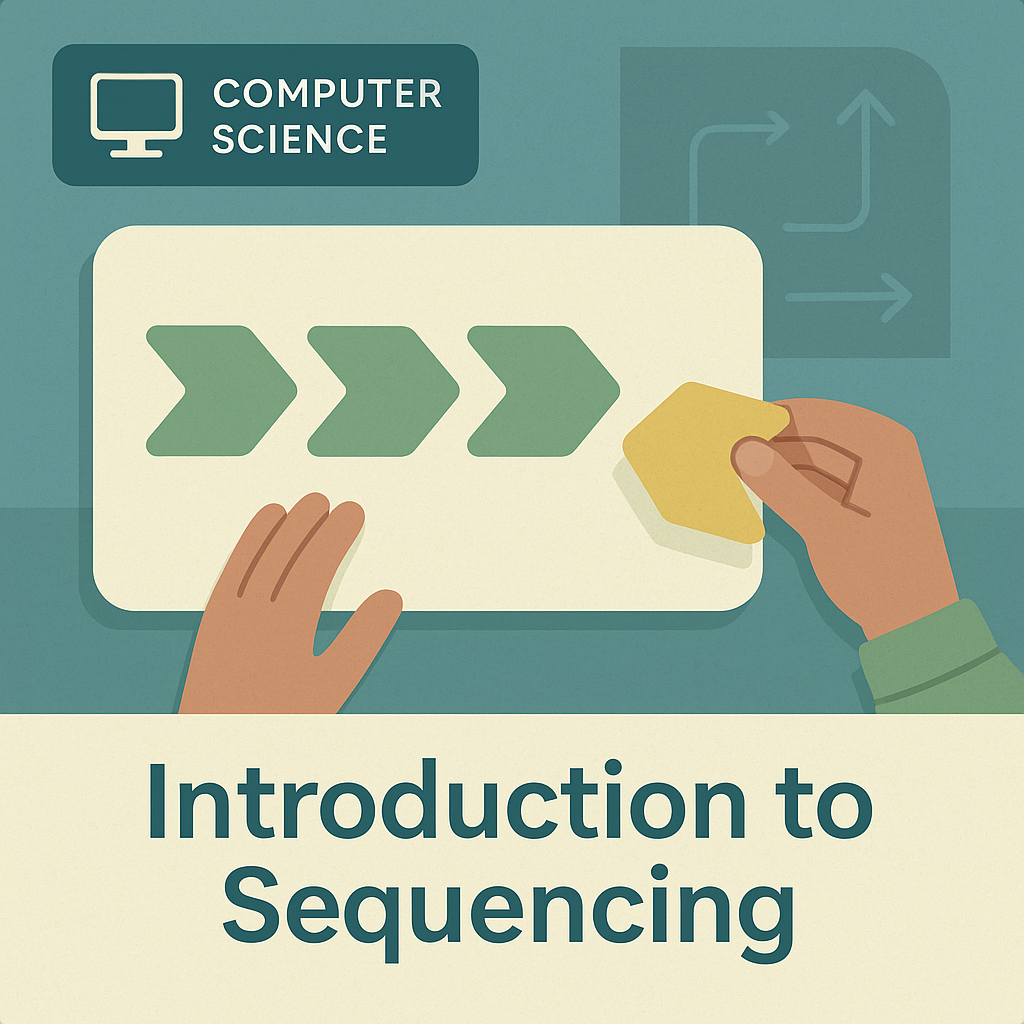
Using Code.org’s “Course C” (available for K-5), students are introduced to sequencing by using drag-and-drop programming blocks to solve puzzles. They learn that the order of commands matters to achieve a desired outcome.
English Language Arts: Sequencing supports narrative development by emphasizing logical order in both writing and reading comprehension.
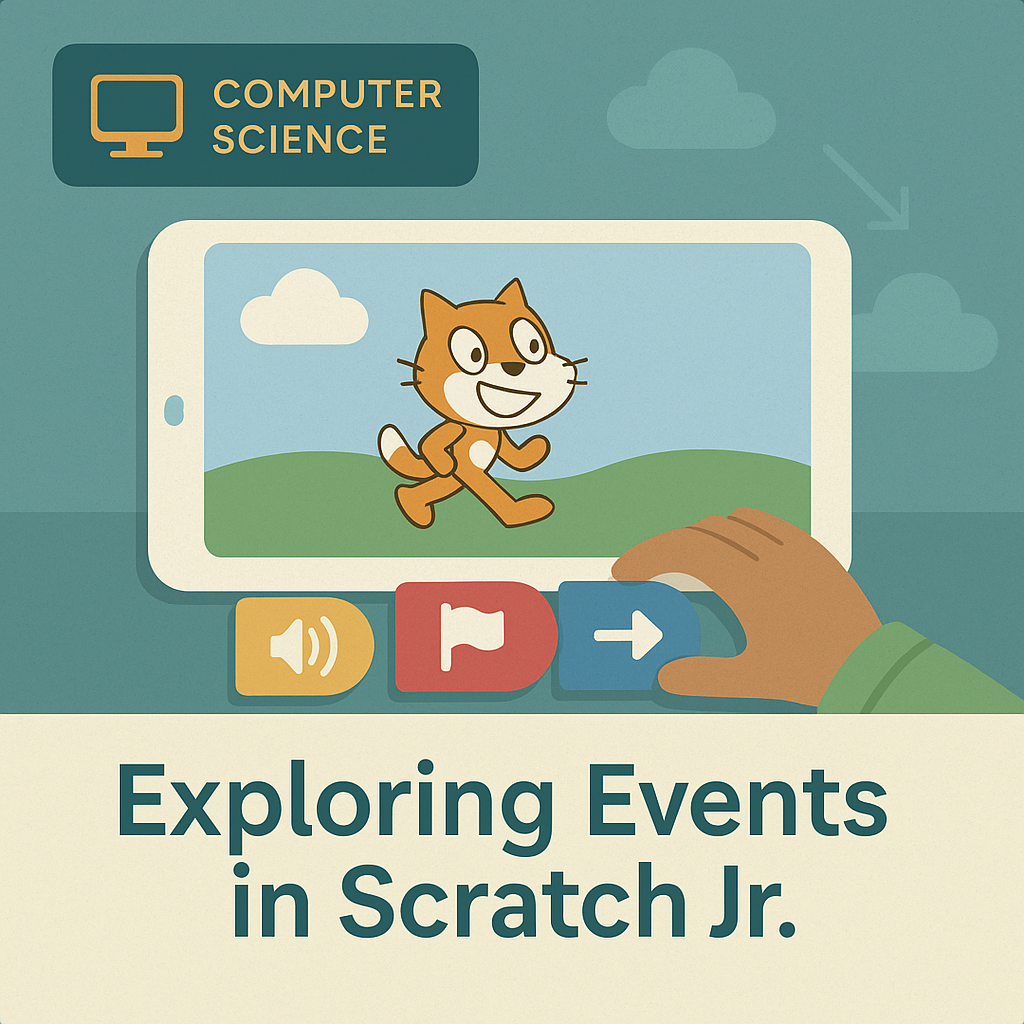
Using Scratch Jr., students create a short animation by combining different event blocks. This lesson introduces the concept of events that trigger specific actions, helping students understand cause and effect in programming.
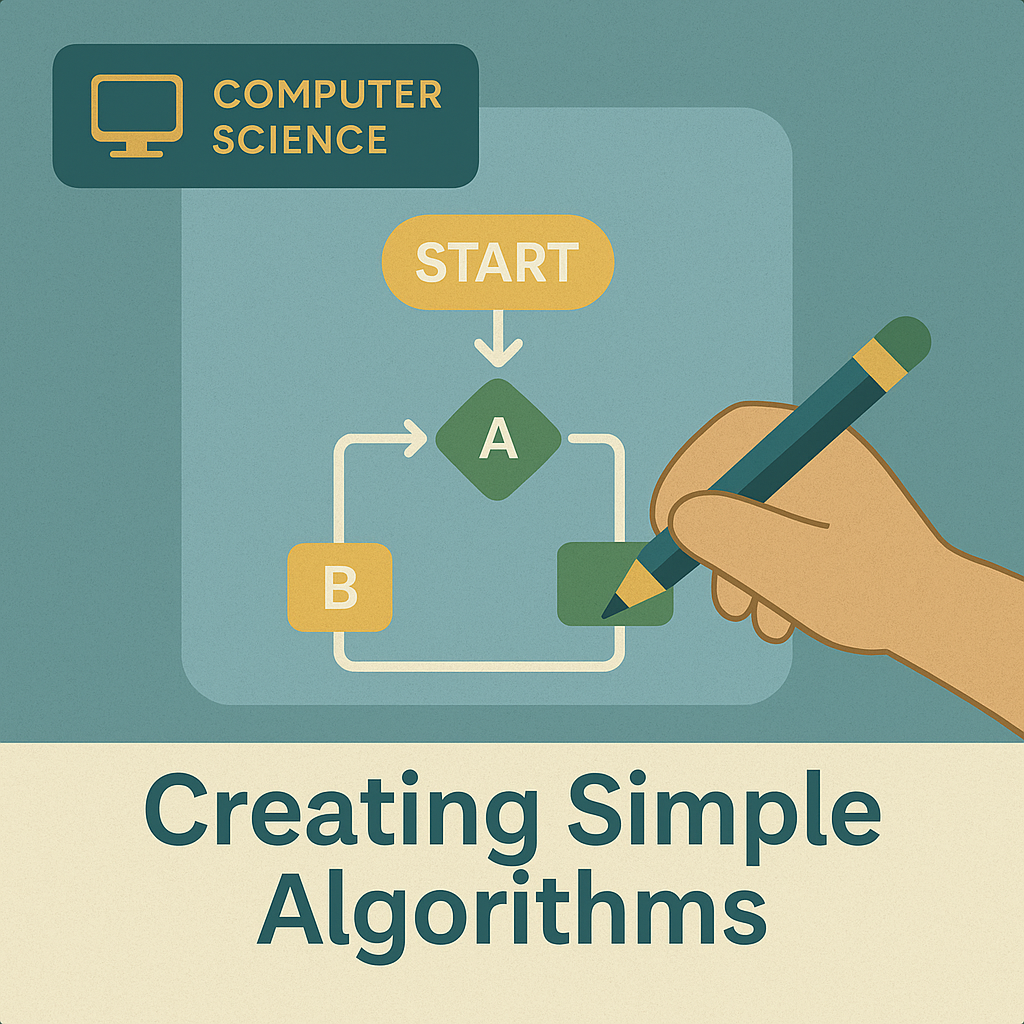
Code.org’s “Course D” introduces students to algorithms and patterns. They solve puzzles by creating step-by-step algorithms and practice debugging to understand how to correct errors in programming

In Code.org’s “Course E,” students explore conditionals. They create simple conditional-based programs, such as “if/then” statements, learning how decisions in programming work.
Science: Conditionals are similar to "cause and effect" in scientific experiments, helping students understand hypothesis testing.
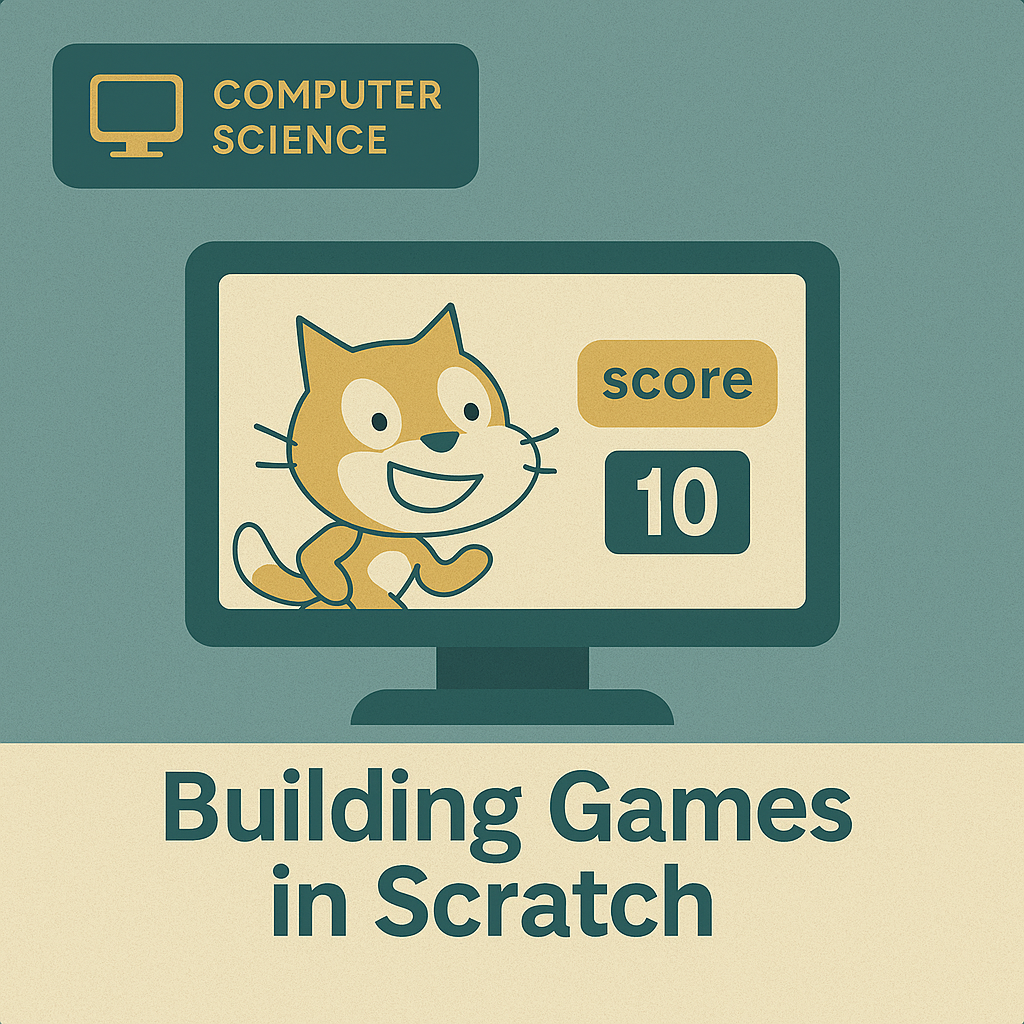
Using Scratch, students design a simple game that incorporates loops and variables to control the game’s difficulty. They learn how to apply loops to create repetition and use variables for game scores.
Math: Games often involve scoring, probability, and geometry (movement of characters), supporting math concepts.
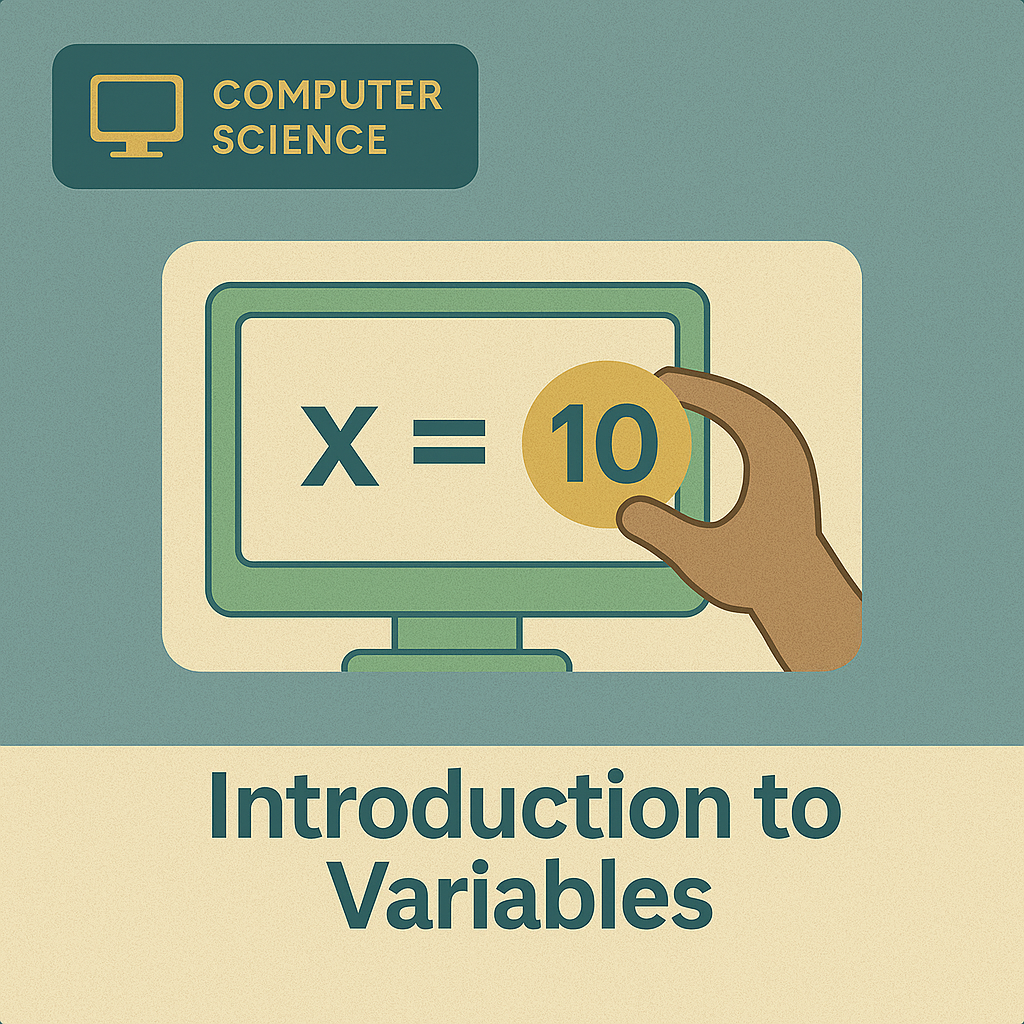
Code.org’s “Course F” introduces variables in coding, helping students understand how data is stored and used within a program. They learn to apply variables to keep track of information in simple games or applications.
Science: Variables help students understand how changing one element can affect outcomes, a key concept in scientific experimentation.
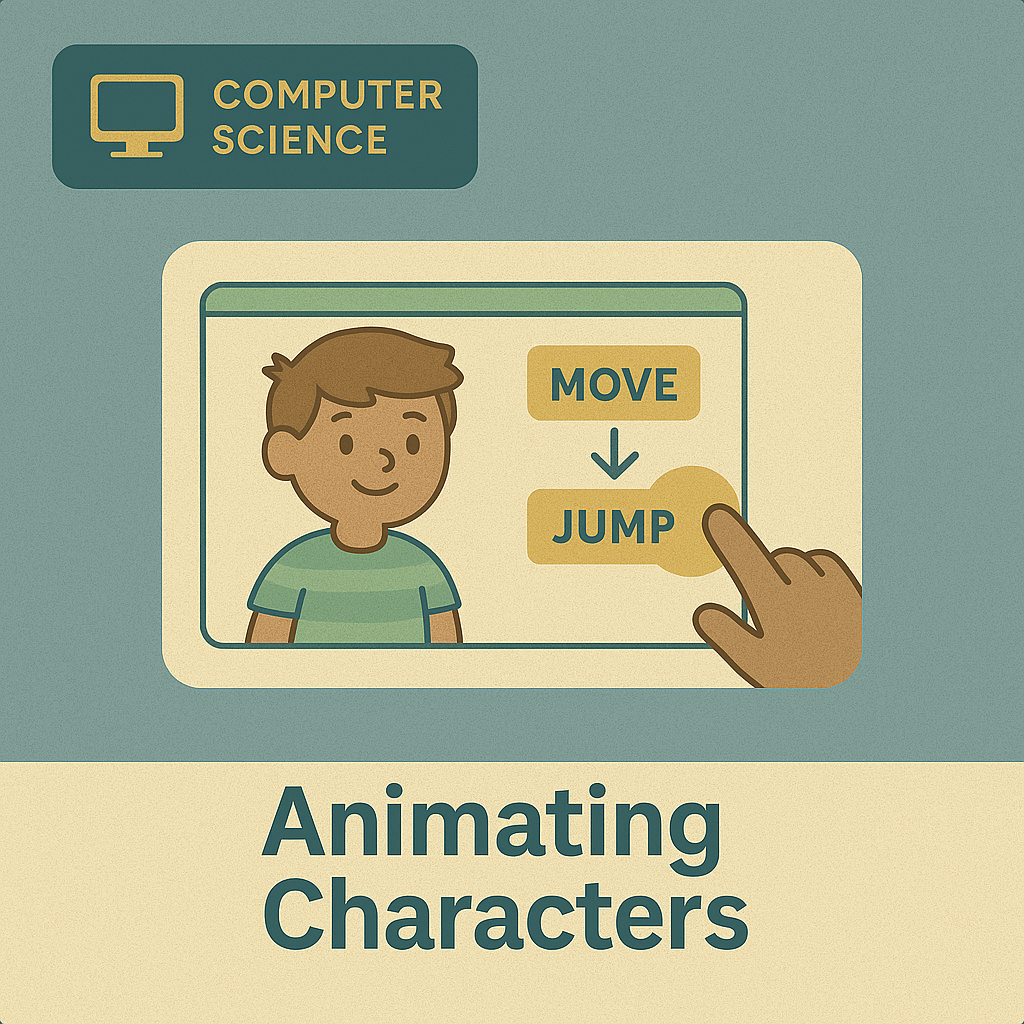
Students use Scratch to create a branching narrative based on user input, using conditional statements. This lesson builds critical thinking and allows students to experience creating interactive projects.
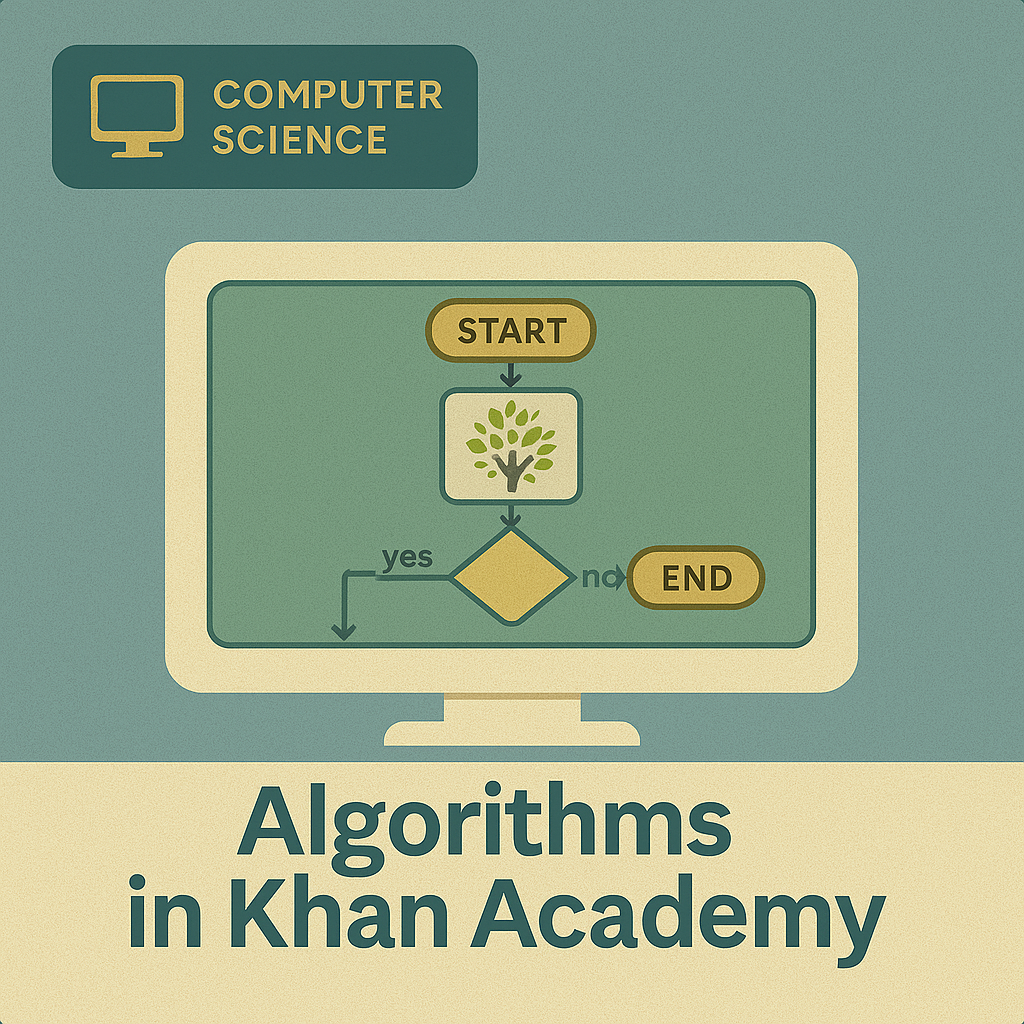
In Khan Academy’s introductory coding section, students solve algorithmic challenges that involve loops, variables, and conditionals. This develops logical reasoning and computational thinking skills.
Science: Algorithms can relate to procedural steps in experiments and simulations, helping students organize information logically.
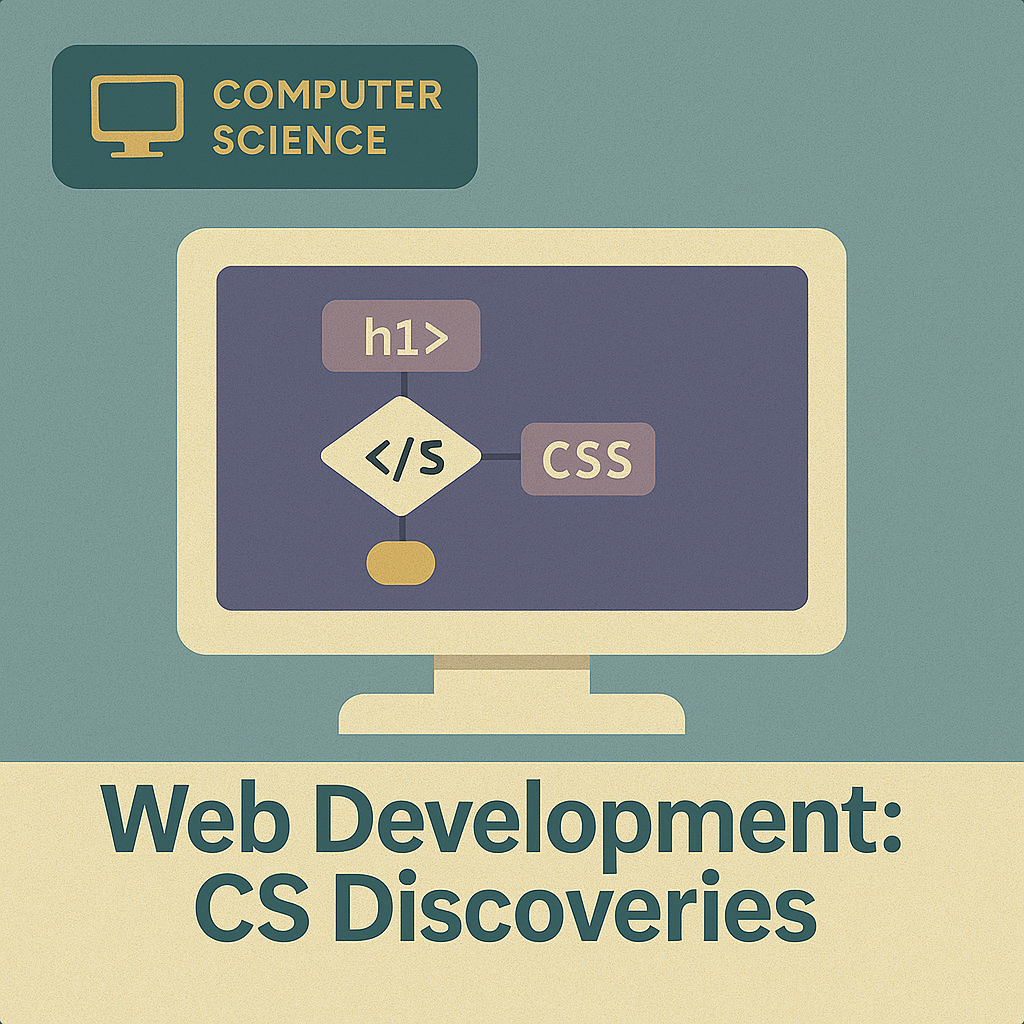
Students learn how to create and style web pages using HTML (HyperText Markup Language) and CSS (Cascading Style Sheets). The curriculum emphasizes hands-on learning, where students design interactive, personalized websites while exploring concepts like structure, layout, and styling.
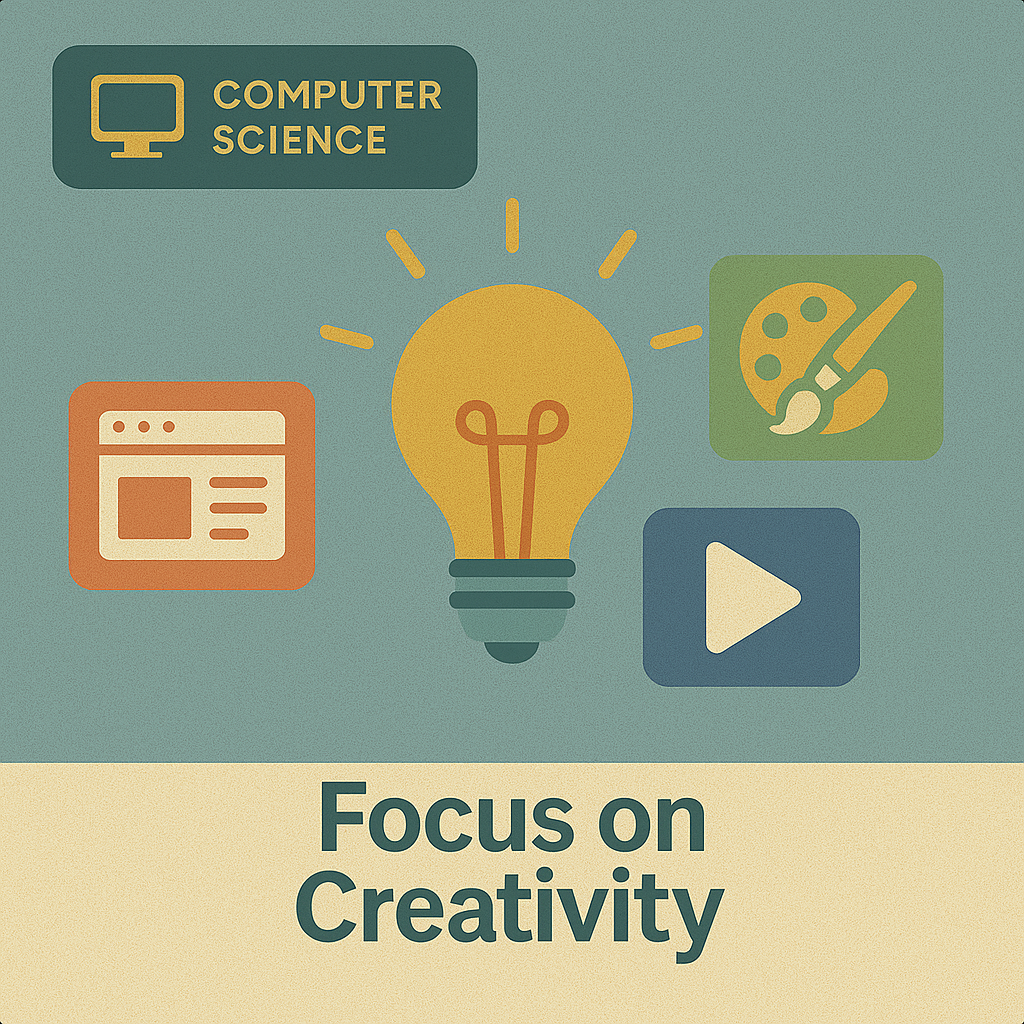
In this module, students use block-based and text-based programming tools to create websites, animations, and digital art. They also engage in collaborative brainstorming, iterative design, and troubleshooting processes. The curriculum’s focus on creativity ensures that students see computer science not just as a technical skill, but as a powerful medium for self-expression and innovation.
Presentation Skills: Students explain their projects, enhancing verbal and written communication skills.
Critical Thinking: Debugging and iterating on projects mirrors the ELA revision process, emphasizing problem-solving and refinement.

This Khan Academy lesson covers how computers represent various data types, including binary, ASCII, and images. Students gain insight into how data is encoded and stored in computing systems.
Science: Understanding data storage connects to scientific data collection and digital data analysis.
